Introduction to Roof Leakage Solutions
When monsoon arrives, we bring out our umbrellas to shield us from the rain. However, our home’s roof is a shield too, and it is our duty to protect the roof and prevent leakages. In this blog we will be discussing various factors of roof leakage, their causes, early detection, prevention of roof leaks and some DIY tips and tricks. A roof leakage is what will slowly get through to your ceilings and cause severe water damage in your home. There are multiple reasons for roof leakage and this blog intends to act as a roof leakage solution guide to homeowners that struggle with the problems of water leakage from roof. Repairing roof leakage is another topic we will dive into, to ensure that homeowners are made well aware of all their options.
The roof is the fifth wall of your home and requires just as much care as the other walls in your home, if not more because of the heavy weathers it endures. Oftentimes, roof maintenance is not paid attention to as much as other parts of our homes and can cause serious wear and tear damage that can lead to extensive property damage. Mostly roof leakage occurs during the monsoon, and if not fixed immediately becomes a persistent problem that homeowners encounter. However, it is entirely likely that a roof leak can occur even in other seasons and thus it is necessary that the roof is maintained thoroughly to endure any season. This blog is going to provide various solutions to roof or terrace leakage problems.
Causes of Roof Leakage
There are various causes for roof leakage in your home, some related to the weather and others not. Here we have listed some of the most common and generally seen causes for roof leakage.
-
Roof Cracks
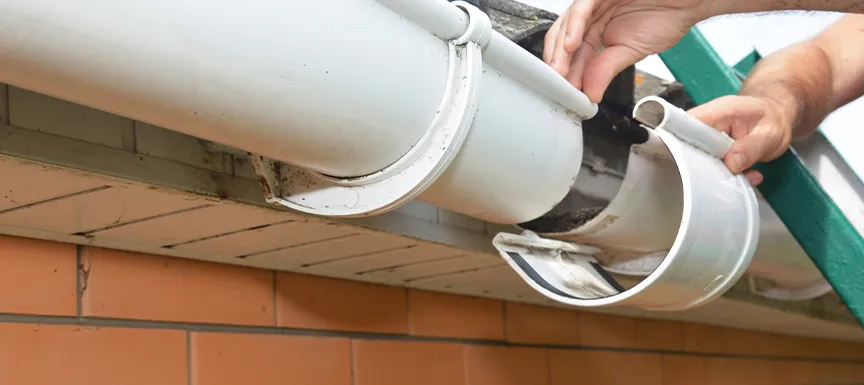 Roof Cracks
Roof Cracks
Water leakage from roof is considered to be a very common problem in Indian homes due the intensity of the weather. A cracked roof can act as a very active catalyst for roof leakage in your home. Water that seeps through the cracks of the roof can gradually make their way to the ceiling and cause the ceiling itself to have some serious water damage in your home. Cracks usually appear due wear and tear, or use of poor quality materials. These cracks can easily become the passage for a very extensive roof leakage problem.
-
Flashing Damages
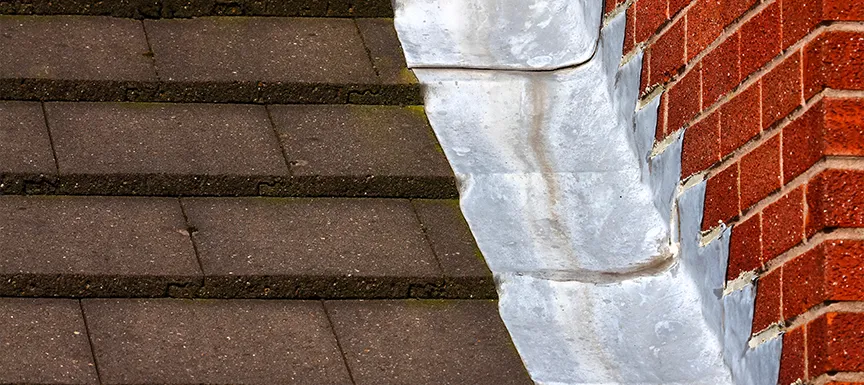 Flashing Damages
Flashing Damages
Flashing is a thin sheet of metal, usually galvanised steel used to direct water away from delicate parts of the roof. If the flashing is damaged, or bent incorrectly it allows water to seep into the roof which can create water leaks just waiting to happen. A damaged flashing can cause very severe roof leakage and the effects of the same can be very damaging to a home.
-
Corrosion
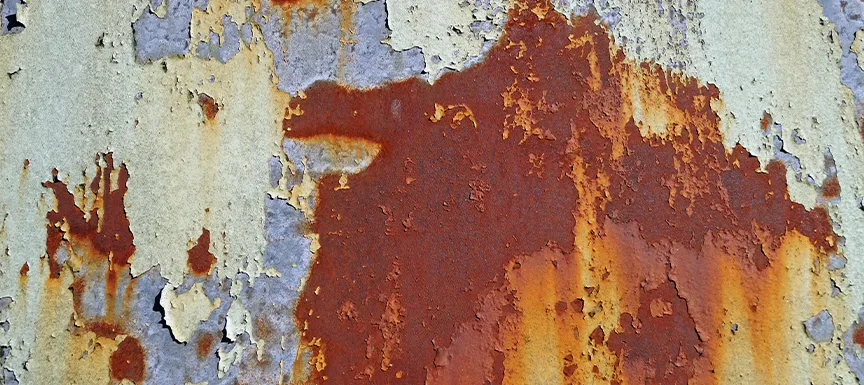 Corrosion
Corrosion
Corrosion or rust is most common in metal roofing. Corrosion is a natural process that turns metals into weaker, more brittle oxides due to undue exposure to air or moisture. A corrosion infestation of your flashing or any protective sealing material can cause the material to become weak and develop cracks over time which then become open paths for water to seep into your roof and cause a water leakage from roof problem for your home.
-
Aging
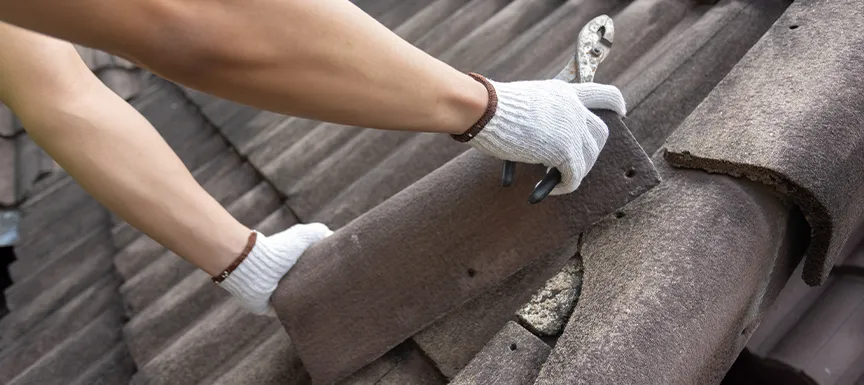 Aging
Aging
An old roof can easily become subject to roof leakage. As a roof gets older, the materials holding it together, like tiles or shingles can crack or come loose making room for seepage which will then turn into a larger leak. As a roof ages, the shingles or tiles holding it together also age, and can curve or bend, which means that as much as they were once tightly secured, it is time for new materials to be installed because if not repaired immediately, will cause a roof leakage problem
-
Improper Maintenance
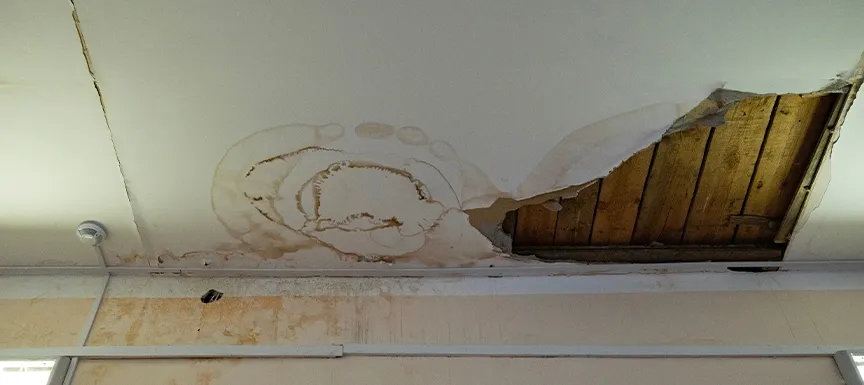 Improper Maintenance
Improper Maintenance
Maintenance is the tool to keep your home free from multiple problems. Oftentimes, roof maintenance can be neglected which causes some intense damage on the roof. Improper or irregular maintenance can cause various problems like damaged flashing or shingles, cracking or corrosion to go unnoticed and hence create room for water leakage from roof.
Also Read: How to Waterproof Your Walls With Waterproof Exterior Paint
Identifying Roof Leaks: Signs and Symptoms
We have listed a few common, telltale signs of a roof leak for homeowners to understand and quickly identify if they have a water leakage from roof problem. Once we analyse the signs and symptoms of a roof leak we can move on to various terrace leakage solutions.
-
Stains or Discolouration on Walls
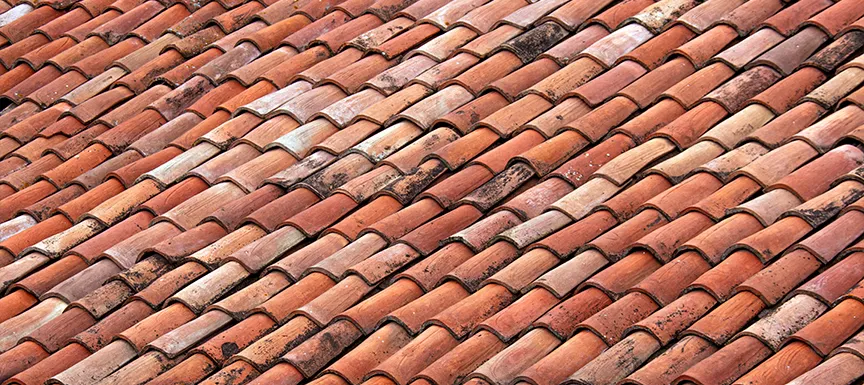 Stains or Discolouration on Walls
Stains or Discolouration on Walls
Slight discoloration or brown muddy stains on your walls can be your first indicator of water leakage from the roof. If you notice this sign in your home, it is ideal for you to call someone repairing of roof leakage.
-
Mould
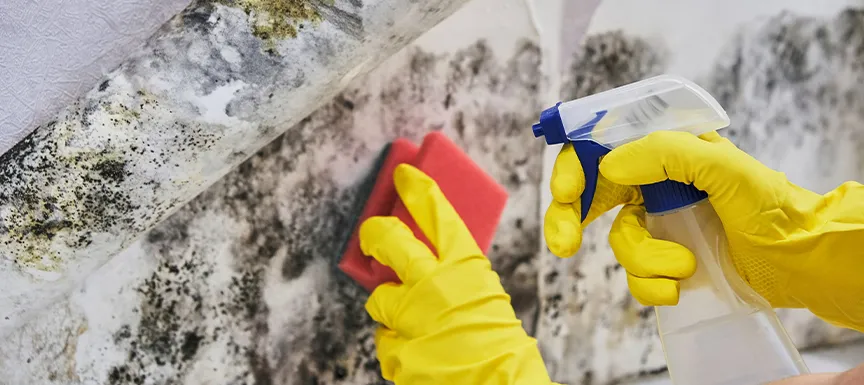 Mould
Mould
Mould grows on surfaces that are wet. In essence if you are noticing mould patches on your roof, it is highly likely that you could be facing a water leakage from roof problem and are advised to seek roof leakage solutions from professionals.
-
Odour
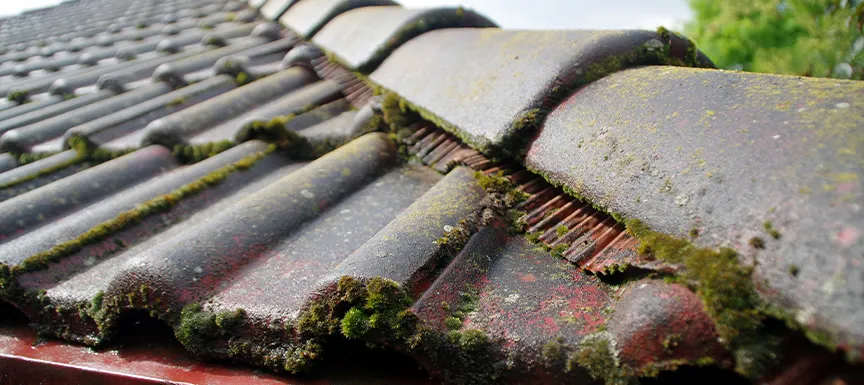 Odour
Odour
Stale or stagnant water tends to cultivate a very distasteful odour around it. It is a very high possibility that if you are experiencing an unpleasant odour in or around your roof that you are having a water leakage from roof issue.
-
Damaged Shingles
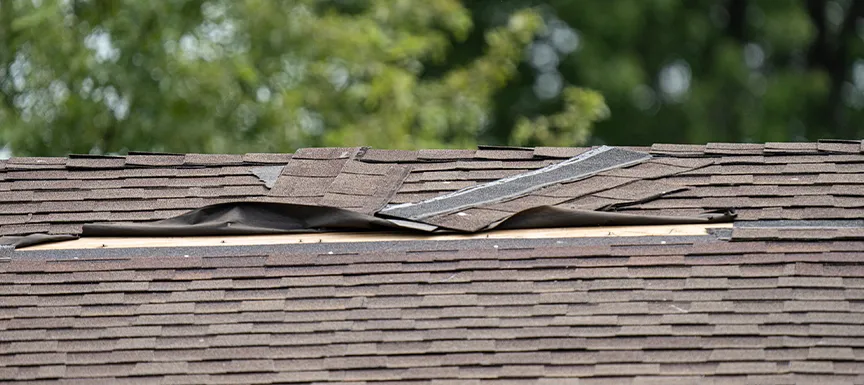 Damaged Shingles
Damaged Shingles
Shingles are roof covering materials that are rectangular flat pieces overlapped over each other to protect the roof. If you notice any damages or missing shingles it is likely that it is a sign for your roof leakage problem.
-
Damp External Walls
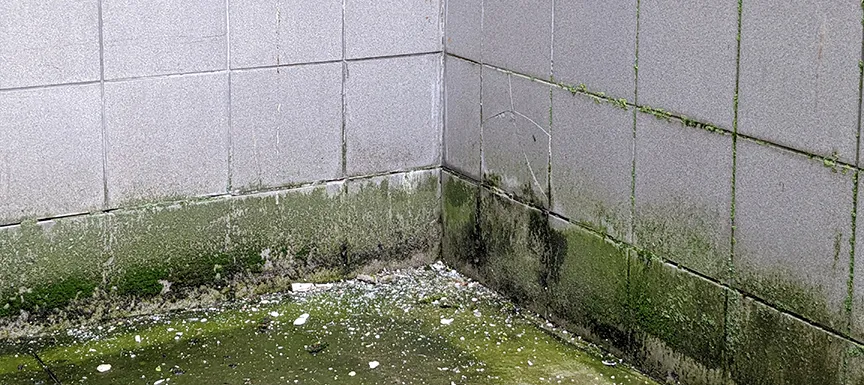 Damp External Walls
Damp External Walls
Dampness or wetness on exterior walls is a sign that water seepage has occurred instead of draining away. Seepage usually leads to leakage eventually and can create a roof leakage problem in your home.
Also Read: How to Prevent and Repair Water Leakage in Walls?
Prevention Tips for Roof Leaks
There are multiple homeowner friendly ways to prevent roof leaks. In this blog we intend to explore various ideas for water leakage from roof solutions so homeowners can easily prevent water leakage from roof.
-
Regular Maintenance
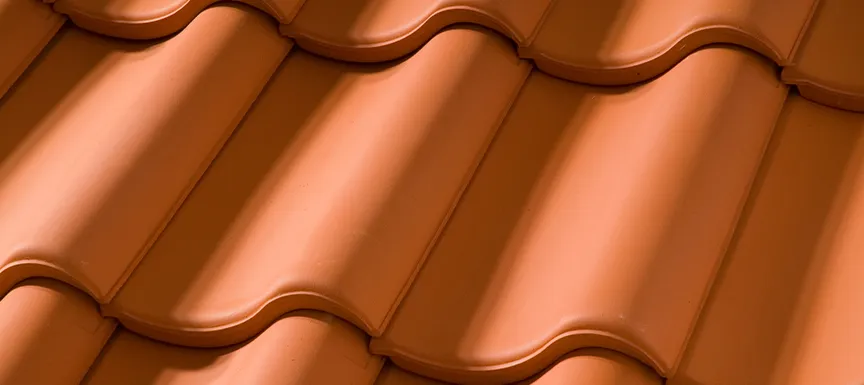 Regular Maintenance
Regular Maintenance
The first step to preventing any kinds of damage in your home is through regular and proper maintenance. Roof leakage solutions can be made much easier if thorough maintenance is conducted. Getting your roof inspected regularly can ensure that there is no damage to the materials that are meant to protect your roof and also always keep you one step ahead of any roof leakage waiting to happen.
-
Waterproofing Your Home
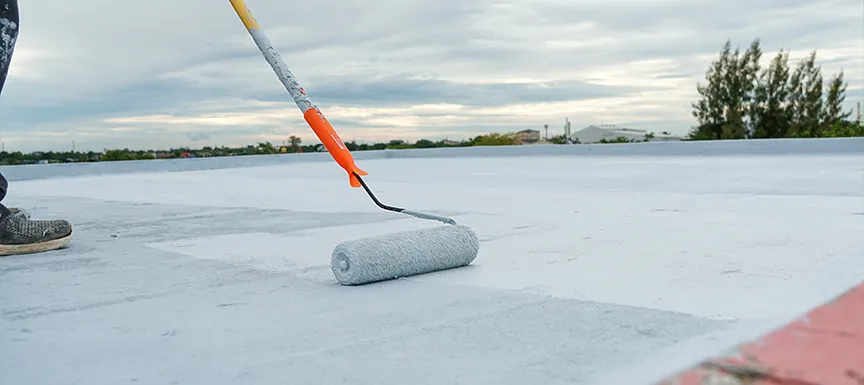 Waterproofing Your Home
Waterproofing Your Home
You will get enough light in the room through the glass panels, which will also make the room look bright and positive. You can choose brown wooden furniture for the mandir room with this colour and add lights in the corner to give a brilliant touch to the overall interior of the room. Opt for light wooden flooring in the room as with the window panels and extra brightness in the room that will look great.
-
Unclogging Gutters and Drains
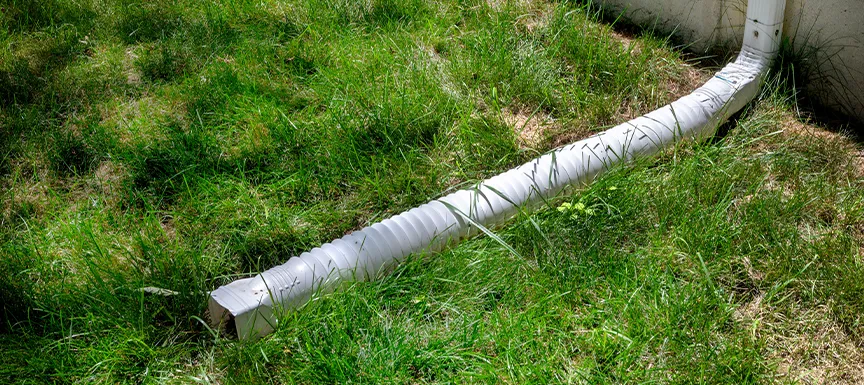 Unclogging Gutters and Drains
Unclogging Gutters and Drains
Gutters are most likely to collect rainwater and if your drains or gutters are clogged it can cause water to gather and eventually seep into the frame of your roof causing a water leakage from roof problem, so if your drains are cleared then it is likely that the free flow of water will continue seamlessly and prevent a roof leakage.
Different Types of Roofing Material
Roofing materials are one of the most important things you need to choose for your home. Ideally, it is recommended to use good quality materials so as to ensure long term use. We have curated a small list of different types of roofing material just to make homeowners aware of the most common choices.
-
Asphalt
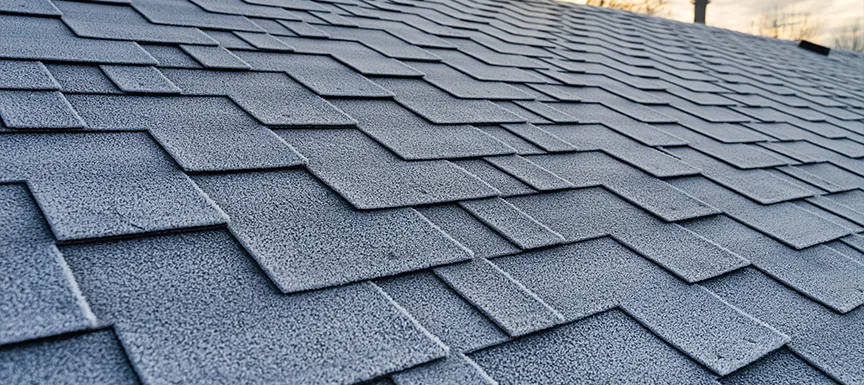 Asphalt
Asphalt
Asphalt is the most commonly used roofing material for homes. The pros of using asphalt are that it can be used for a long time and requires minimal upkeep and can also be designed in various ways to fit the right look for your home.
-
Metal
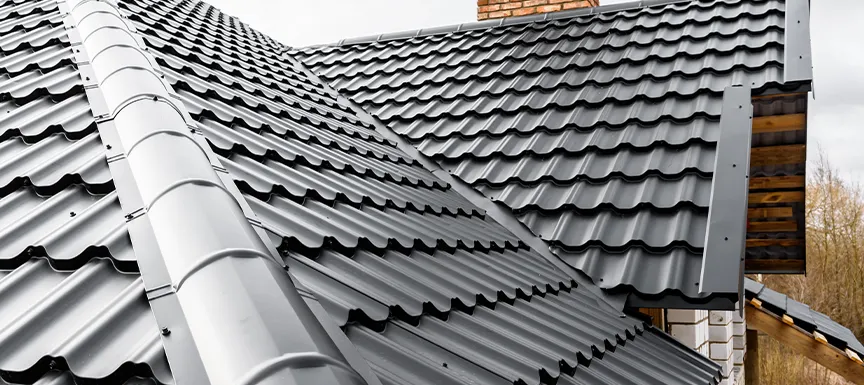 Metal
Metal
Various metals like aluminium, stainless steel, galvalume, zinc, etc are used as roofing material. Metals like aluminium although relatively light weight are very durable. Metals can require their maintenance but can be used for your roof owing to their advanced durability.
-
Concrete
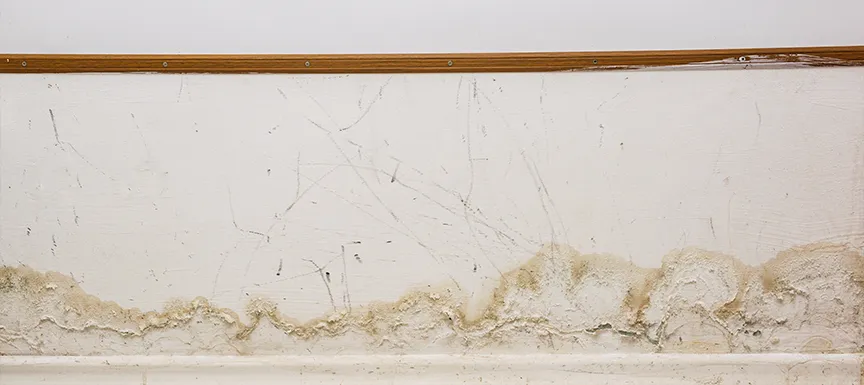 Concrete
Concrete
Concrete tiles are highly fire resistant and have great endurance for intense weather conditions and have a long lifeline. These tiles can be used as your roofing, and just to take that extra step you can use waterproofing sealants or solutions to prevent water leakage from roof.
-
Slate
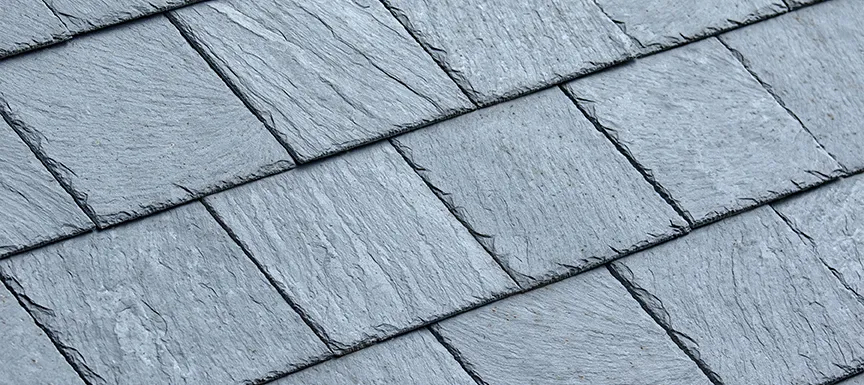 Slate
Slate
Slate is one of the more premium choices for roofing. Slate tiles are environment friendly and fire resistant. Although expensive these tiles are incredibly durable and are a definite long-term investment.
-
Wood
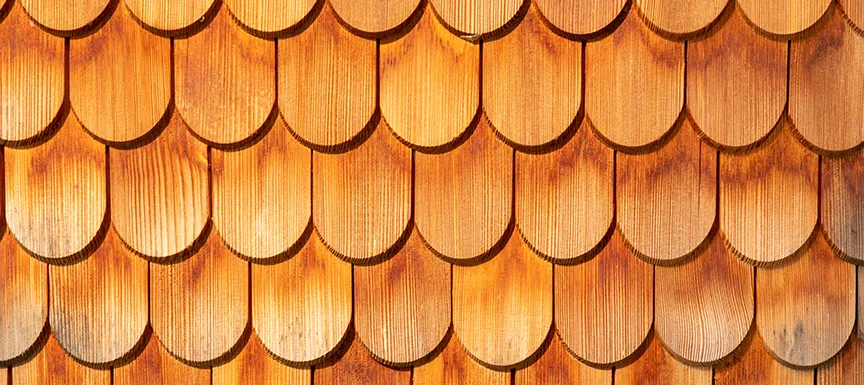 Wood
Wood
Wooden roof shingles are naturally a very common choice due to their longevity and weather resistant abilities. These as a roofing material are a very friendly choice for your home because of the many versatile abilities they have.
Common Repair Techniques For Roof Leaks
There are a few ways one can repair their roofs. These roof leakage solution techniques are designed to ensure no water damage occurs in your home.
-
Rubber Roof Repair
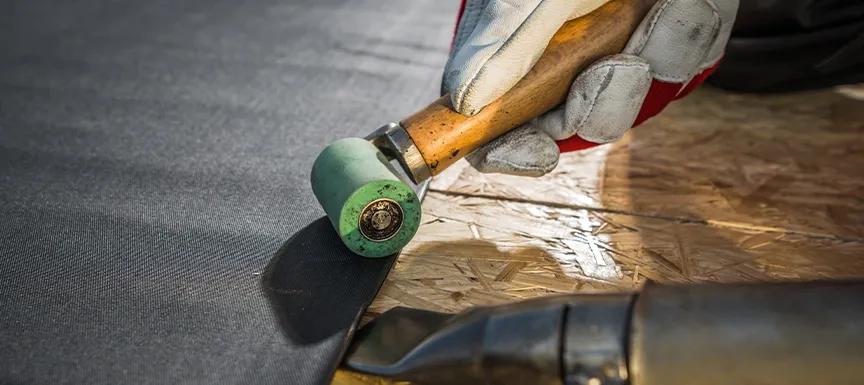 Rubber Roof Repair
Rubber Roof Repair
A rubber roof repair is a technique that is applied while using materials like EPDM, bitumen and other thin rubber like materials. Along with some adhesive material a rubber roof leakage solution is made to avoid further water leakage from roof.
-
Metal Mesh Repair
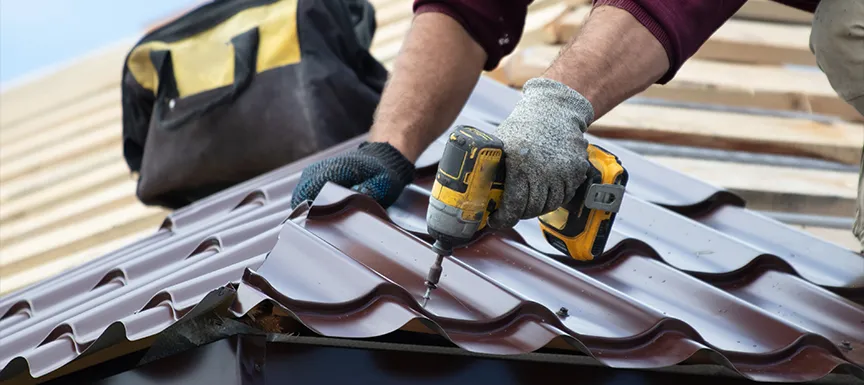 Metal Mesh Repair
Metal Mesh Repair
This water leakage solution for roof leakage is very common. This repair technique is used most commonly for repairing of roof leakage caused by cracking. A metal mesh is placed over the crack and sealed with materials like asphalt to ensure it sticks, instantly curbing the leak and creating the perfect water leakage solution for roof.
-
Tile Repair
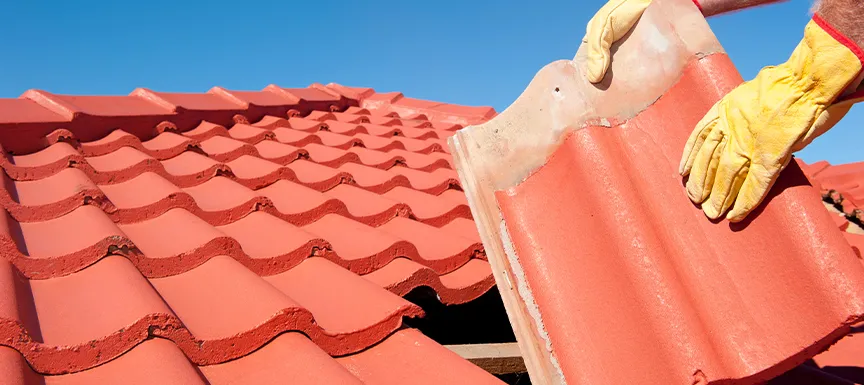 Tile Repair
Tile Repair
The tile repair for water leakage from roof is used ideally to curb a leak that has been caused by wear and tear of the roof and to avoid replacing the entire roof. A tile is replaced with the damaged or defective tile and secured tightly, thus stopping the leak and forming the best roof leakage solution.
DIY Methods to Fix a Leaky Roof
Below is a step-by-step DIY guide to fix a leaky roof. This is a roof leakage solution you can try yourself.
-
Step One: Locate the Source of the Leak
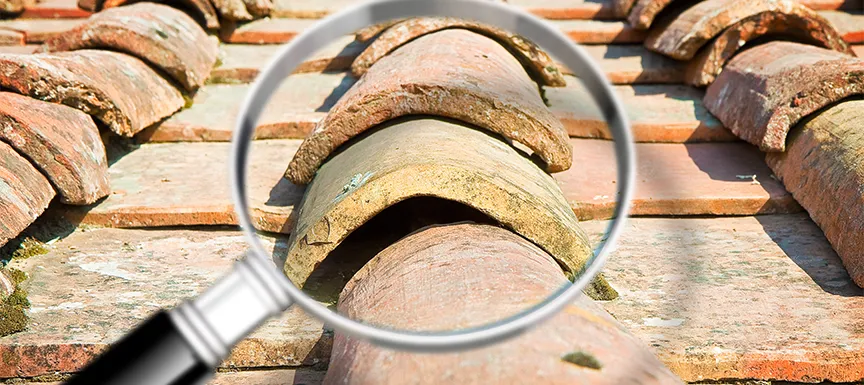 Step One: Locate the Source of the Leak
Step One: Locate the Source of the Leak
Once you find the source that is causing water leakage from roof in your home, you will know where the problem lies and how to fix it.
-
Step Two: Inspect the Cause of Damage
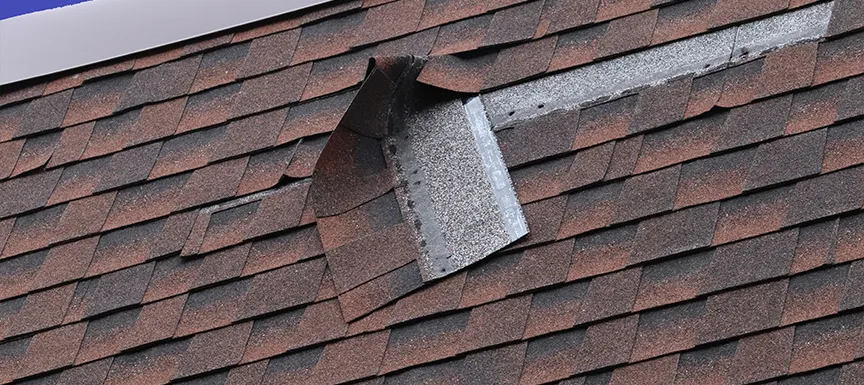 Step Two: Inspect the Cause of Damage
Step Two: Inspect the Cause of Damage
Many times it so happens that a roof leakage occurs because of damage to your roofing. Now that you have figured out the damage and why it is causing the problem you can go ahead and start the process of repairing of roof leakage.
-
Step Three: Fixing the Damage
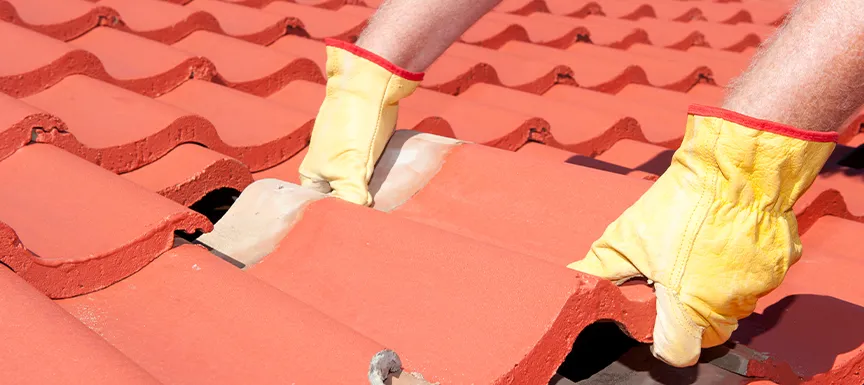 Step Three: Fixing the Damage
Step Three: Fixing the Damage
Now that you have assessed the problem, you can go ahead and start the fixing, for example, if it is water leakage from roof caused by cracking, you can apply sealant or any other fixer to close the cracking and thus stop the roof leakage.
-
Step Four: Extra Precaution
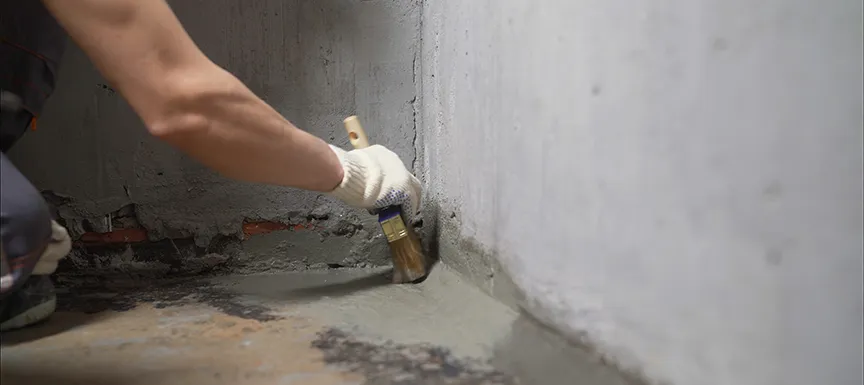 Step Four: Extra Precaution
Step Four: Extra Precaution
Once you have completed the three stages of repairing roof leakage, you can always go the extra mile and take some extra precaution such as securing everything with cement or concrete to ensure it stays in place
And there you have it! That's your DIY guide for roof leakage.
Also read: Find The Perfect Waterproofing Solution For Your Roof
In this blog we discussed various things that are related to water leakage from roof and multiple roof leakage solutions. This blog was designed with the intention to act as a go-to manual for what homeowners can do about their water leakage problems. This blog means to create aware homeowners and give them a variety of choices to fix their roof leakage with the many roof leakage solutions penned on here.
































